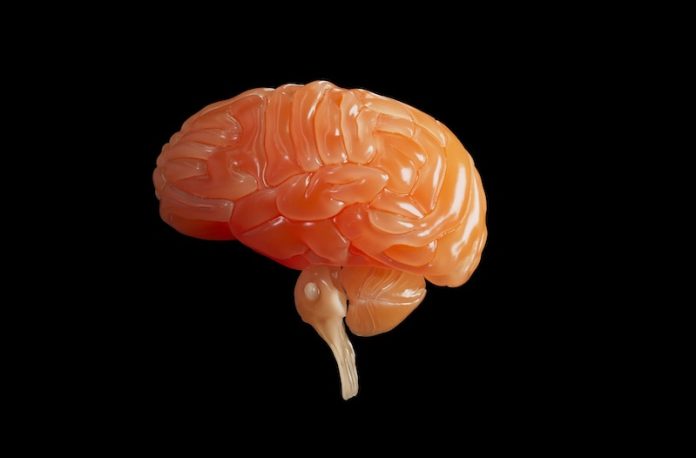
Brain tumors might sound scary, and that’s mainly because we often don’t know enough about them. Let’s simplify things and look at two common types of brain tumors: meningioma and glioblastoma.
Brain Tumors: The Basics
Our brain, like the rest of our body, is made up of cells. Sometimes, these cells start growing more than they should, forming a lump or mass called a tumor. Now, not all tumors are bad.
Some are benign, which means they don’t spread or harm nearby areas, while others are malignant, meaning they can be harmful and might spread.
Meningioma and glioblastoma are names of two different brain tumors. One’s more common and usually less aggressive, while the other is more rare but can be quite aggressive. Let’s get to know them better.
Meningioma: The More Common One
Where does it come from? Meningioma originates from the meninges. Now, you might wonder, “What are the meninges?”
Imagine the brain wearing a three-layered protective coat; that coat is the meninges. So, a meningioma is a tumor that starts in this protective layer.
Is it dangerous? Most meningiomas (about 9 out of 10) are benign. This means they grow slowly and usually don’t spread to other parts of the brain or body.
People can have them for years without knowing. However, that doesn’t mean they can’t cause problems.
Since our skull is a fixed space, even a benign tumor growing inside can press against the brain or other vital structures, leading to symptoms.
What are the symptoms? It varies. Some people don’t feel anything, while others might have headaches, vision problems, or seizures. It really depends on where the tumor is.
Glioblastoma: The Aggressive One
What’s the origin? Glioblastomas come from glial cells. These cells are like the brain’s support staff. They help keep everything in order, providing support and protection to the main cells of the brain, the neurons.
How dangerous is it? Glioblastomas are malignant tumors, which means they grow fast and can spread within the brain. They are also aggressive.
When you hear someone say “aggressive tumor”, they mean it grows and spreads more quickly than others.
What are the symptoms? Because glioblastomas can grow quickly, the symptoms usually appear suddenly and get worse rapidly.
This can include severe headaches, vision problems, speech difficulties, and even personality changes.
Remember, the brain controls everything, so if a tumor is pressing on a part of the brain responsible for a certain function, it can affect that function.
Is there a cure? Both meningioma and glioblastoma can be treated, but the approaches are different.
For meningiomas, if they aren’t causing problems, doctors might just keep an eye on them. But if they grow or cause symptoms, surgery or radiation might be recommended.
Glioblastomas are trickier. Due to their aggressive nature, treatment often involves a combination of surgery, radiation, and chemotherapy.
Even with treatment, glioblastomas can be challenging because they often come back after being treated.
In conclusion, meningioma and glioblastoma are two types of brain tumors, each with its own challenges and characteristics.
It’s essential to be informed, so if you or a loved one are facing such a diagnosis, you’ll have a clearer understanding.
Remember, medical science is advancing every day, bringing hope and new treatments to the forefront. If you have concerns about brain tumors or any symptoms, always consult a medical professional.
If you care about cancer, please read studies about a new method to treat cancer effectively, and this low-dose, four-drug combo may block cancer spread.
For more information about cancer prevention, please see recent studies about nutrients in fish that can be a poison for cancer, and results showing this daily vitamin is critical to cancer prevention.
Follow us on Twitter for more articles about this topic.
Copyright © 2023 Knowridge Science Report. All rights reserved.



